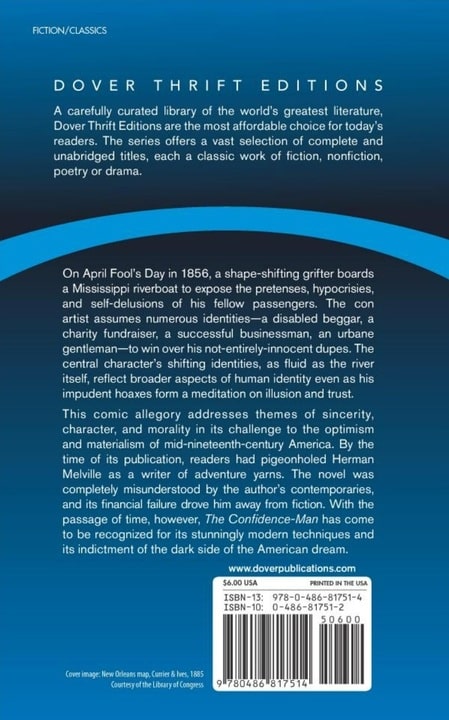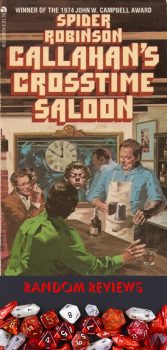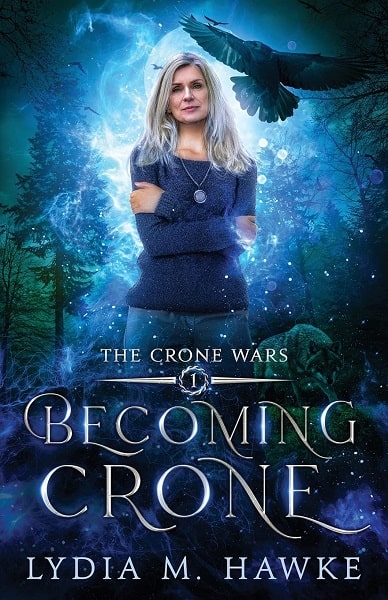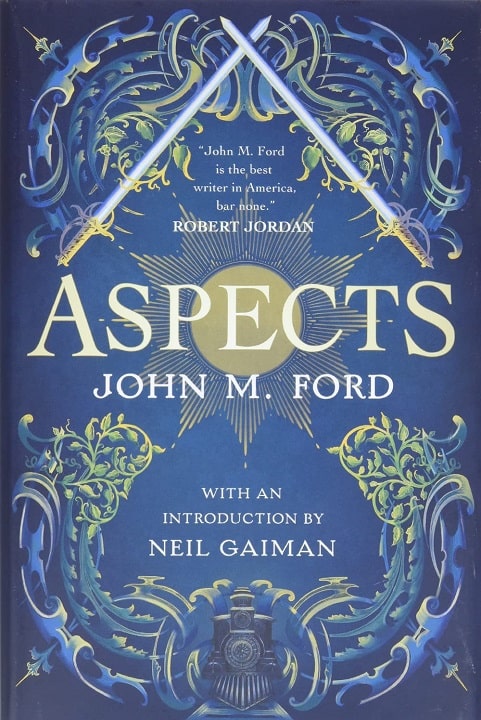DEMONS ARE A GIRL’S BEST FRIEND: Call of the Cambion (The Cambion Journals — Book Two) by Andrew P. Weston
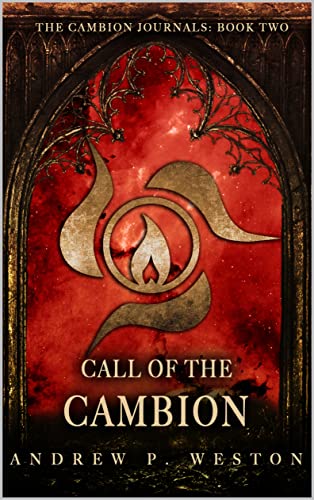
Augustus Thorne is a Cambion — a human/demon hybrid. Cursed with a hunger he can barely control, it’s been a struggle to retain his humanity. All he’s ever wanted to do is enjoy what everyone else takes for granted. To lead a normal life. Fall in love. Start a family. Alas, such things are denied him because of what he is. Fated to feed off humans, he has channeled his self-loathing into a quest for revenge. For over two hundred years, Augustus has hunted and executed every Incubi and Succubae he can find. But he has yet to track down and kill the one responsible for attacking his mother and causing decades of suffering: his own spawn-father, Fanon.
— From the Prologue to Call of the Cambion
Andrew P. Weston’s second outing is just as good as the first book in his new series, A Hybrid’s Tale, which I have also reviewed here. This time around, in Call of the Cambion, Weston delves deeper into Augustus Thorne’s past, his relationships and his character. Born in 1760, Thorn has sworn to seek out and destroy the Demondim and its “department” of Incubi and Succubae assassins, known as the Forge, as he hunts for Fanon, the Incubus who sired him, then abandoned him and his mortal mother. Thorne is a complicated man: in spite of his supernatural and magical powers, and his killer’s instinct, he is an honorable and loyal man, not without mercy and his own code of ethics. Once again, Weston combines magic, metaphysics, science fiction, and the paranormal to tell his tale and give substance to his world and his characters.
…



